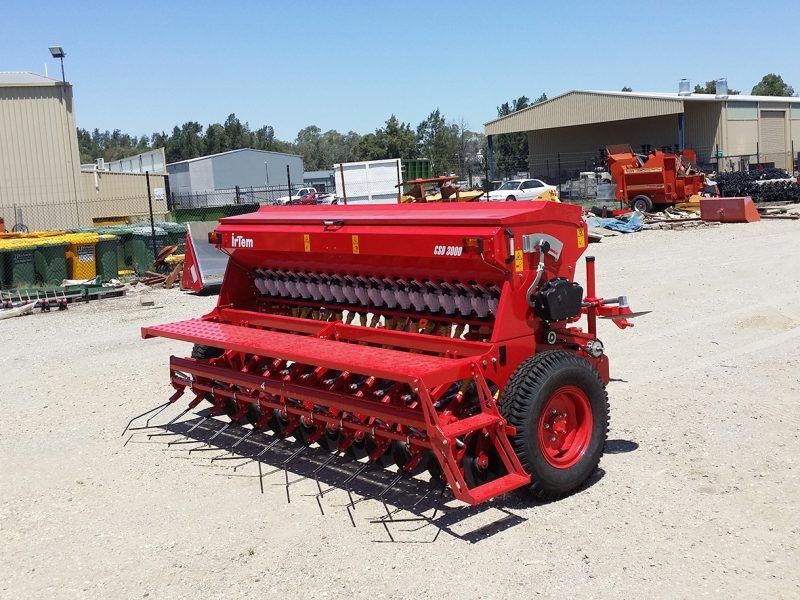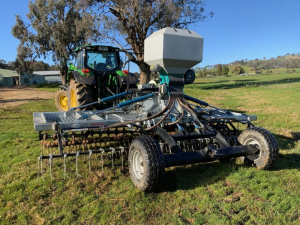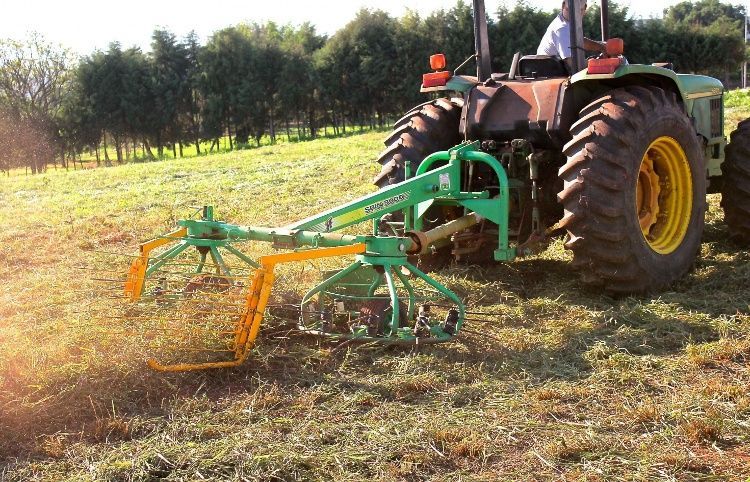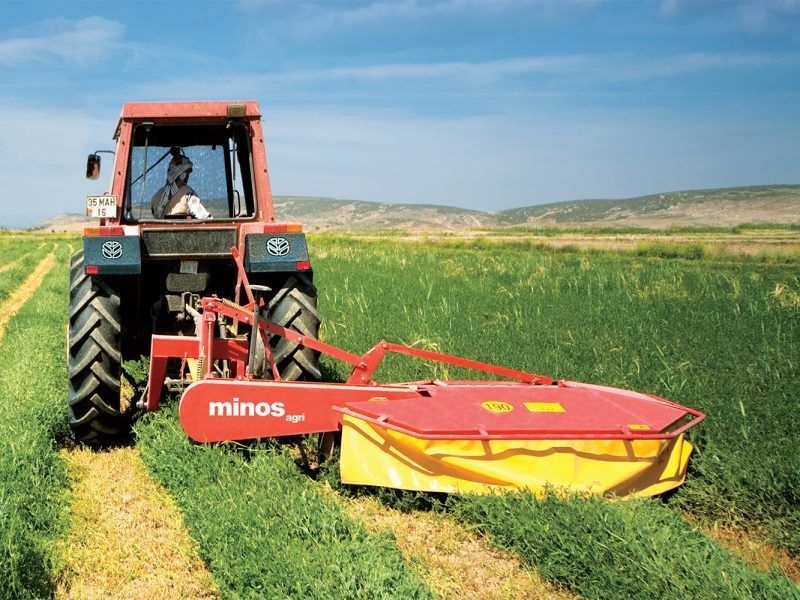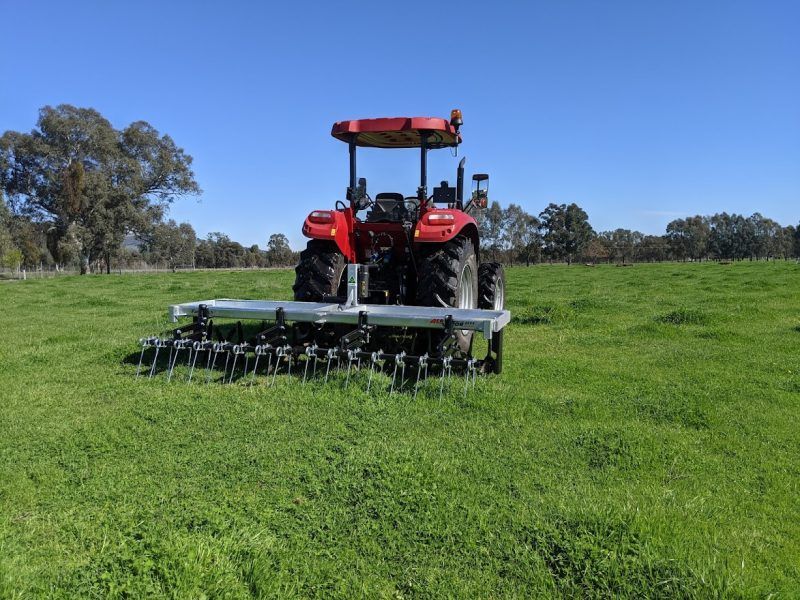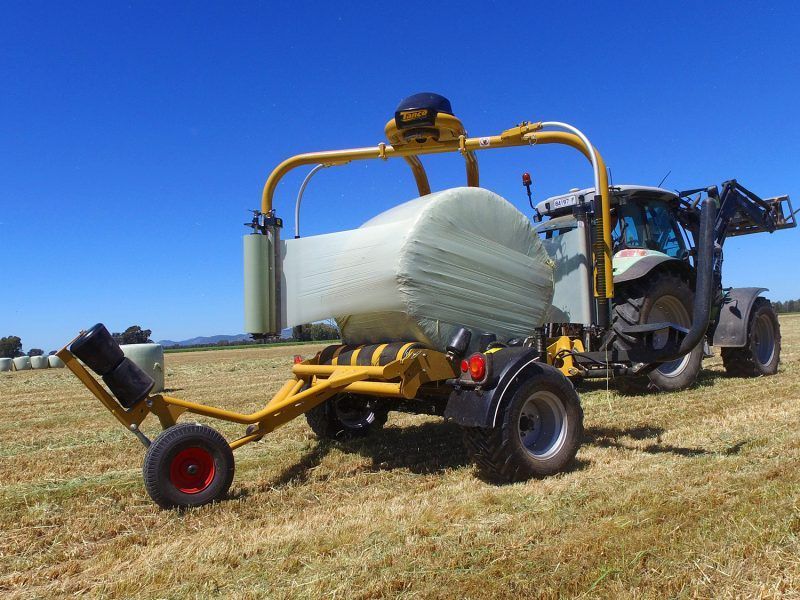Get the Full Picture: Lime and Fertilisation for Your Farm
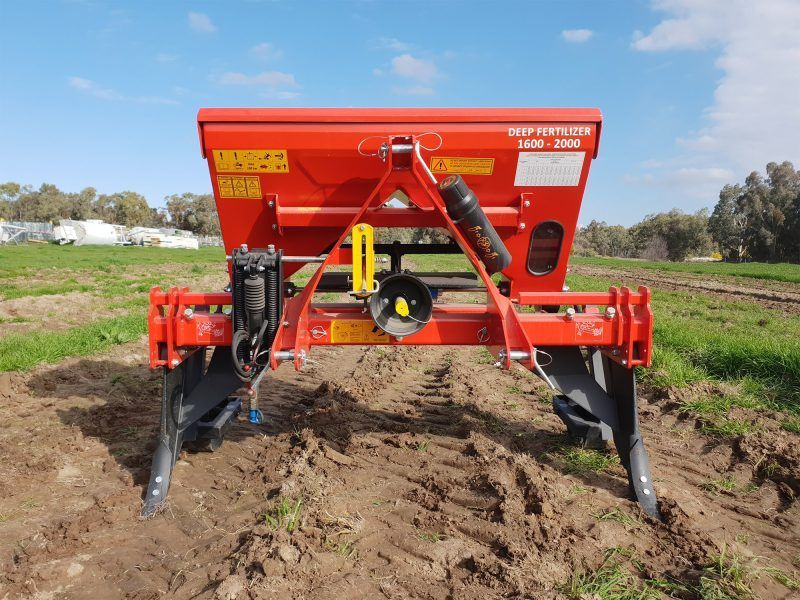
Whether the goal is to get a lush green lawn or a productive crop field, it’s essential to get to know these household names: lime and fertiliser.
Lime and fertilisation are both important for farmers. Lime alters the soil pH, which in turn helps to reduce acidity levels. It also makes nutrients more available to plants, as well as improving crop yields and disease resistance. Using fertiliser offers nutrients for crops and promotes plant growth– without it, plants wouldn’t be able to grow or produce food efficiently. Read on below to find out the best time of year to lime your farm!
Why is fertilisation important?
The use of fertilisers is important for plant growth, as plants need nutrients in order to grow. Without the right levels of minerals and nutrients, plants would not be able to produce food efficiently. Fertilisation can last up to three months, and it’s best done in autumn so the nutrients have time to work their way down into the roots.
Some of the benefits of fertilisation include increased plant growth, reduced nutrient deficiencies, because of the use of mineral supplements, and better crop yields. These are all things that can have a very positive impact on your farm!
Overall, fertilisers lead to healthier, thicker and faster plant growth, and it’s an essential tool in every farmer’s arsenal.
Soil Acidity
Soil pH is one of the most important factors in determining how plants grow, and it’s something you need to pay attention to. If your soil has an acidity level higher than what’s optimal for them, then lime is needed!
Lime reduces acidity levels by altering the composition of alkaline substances (lime) with those that are acidic (iron oxide). It also increases plant nutrient availability, which leads to improved crop yield and disease resistance. Lime lasts about three months before needing reapplication so be sure not to wait too long between applications if necessary.
Lime is easy to apply but should be done with caution. To use it, farmers must first know the pH level of their soil and then pick a lime that corresponds accordingly. Lime can also be applied by spreading it as evenly as possible over an area before tilling or turning in – this method will help ensure even distribution throughout the field.
When to apply lime and fertiliser
When applying lime, the objective is to make sure the soil acidity is at a reasonable level so plants can more effectively absorb nitrogen and other nutrients from fertilisers.
Before you start applying fertiliser, you want to ensure your soil has reached the appropriate pH balance. As a general rule, if your soil is highly acidic, it’s best to apply lime before fertiliser. Soil with a neutral pH balance is the most effective use of your time and money.
When is the best time to apply lime?
If you’ve worked in the industry, you may have heard the expression “lime takes time.” It’s true, the deacidification process isn’t quick, the time it takes for lime to react with soil is slow and dependent on a variety of factors.
Generally, the best time to apply lime is in autumn. It gives a plentiful amount of time for the slow chemical reaction to take place.
When is the best time to apply fertiliser?
If you’re planting new seeds, it’s best to apply your fertiliser before lime. No matter the acidity level, if nutrients aren’t in the soil, the seeds won’t germinate to their fullest potential.
Wait at least a week to 10 days before applying lime. Allow your plants to have the appropriate time to absorb the nutrients in the fertiliser. Adding the lime will increase the effectiveness of the fertiliser already in the ground.
Is it okay to apply lime and fertiliser at the same time?
If your field’s pH level is already neural, there’s no need to apply your fertiliser and lime at different times. To save time and money, you can apply these two at the same time. However, we recommend you apply lime and fertiliser separately, to ensure the right amount of both fertiliser and lime are applied evenly across your field.
Need lime and fertiliser spreaders?
When you need the best lime and fertiliser spreaders for your agricultural operation, trust us at Farmtech. We’ve been in the farming industry for 23 years, and have top-notch equipment designed for Australian farming conditions.
If you’re interested in learning more about our lime and fertiliser spreaders or have any questions regarding our other farming machinery available, give us a call on (02) 8776 3354 or get in contact with us at sales@farmtech.com.au .
You may want to know more about livestock feeding



